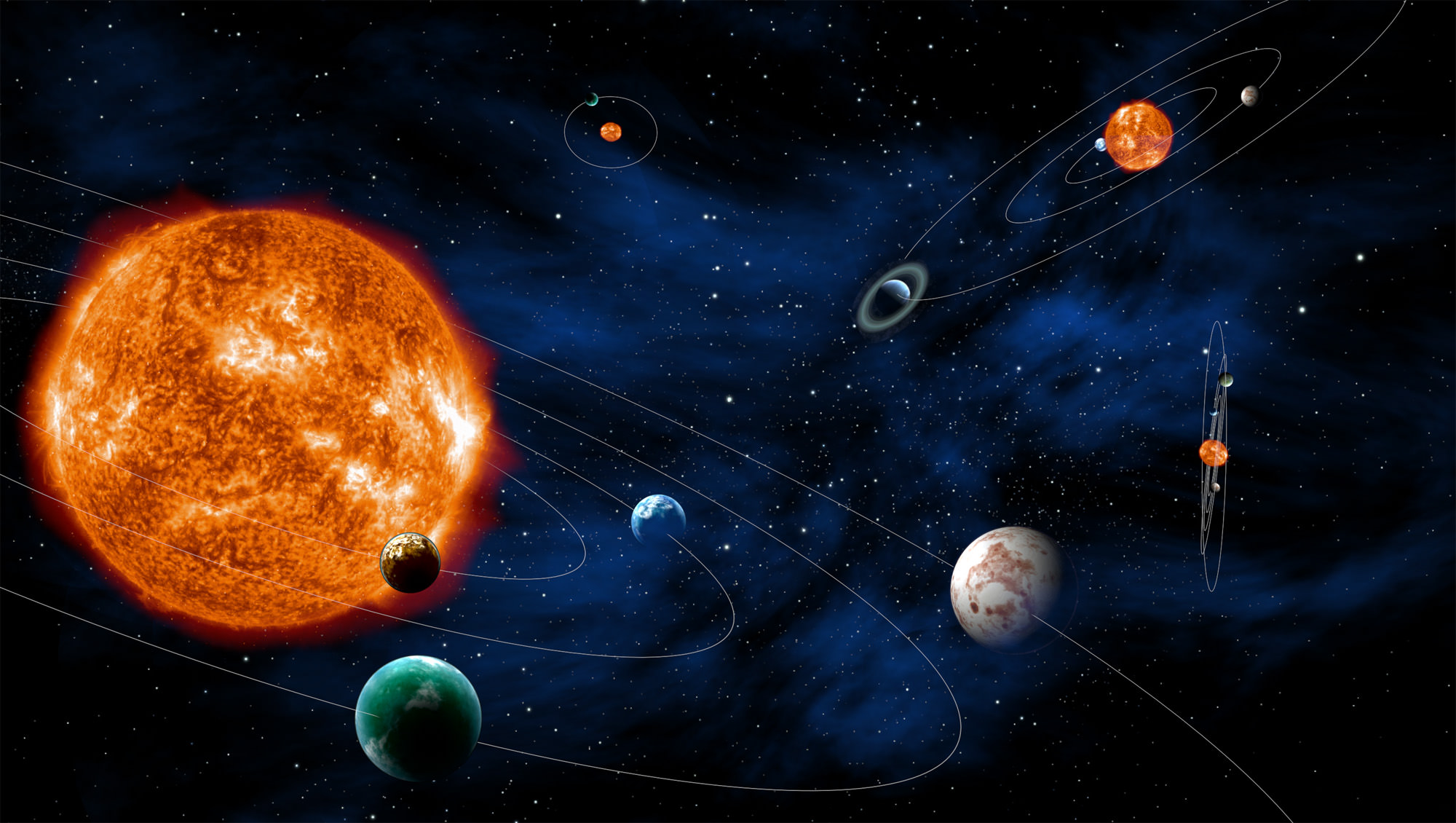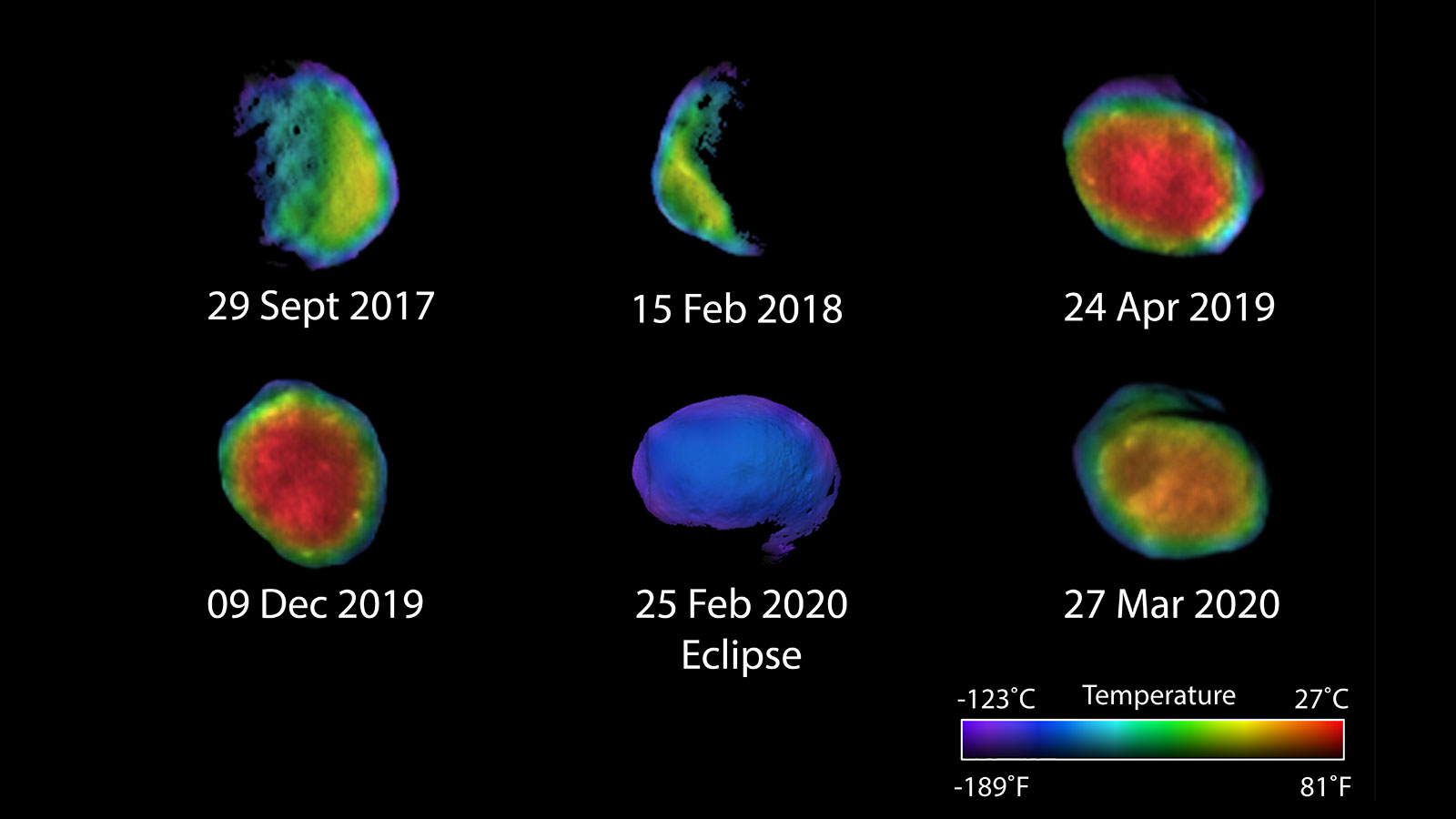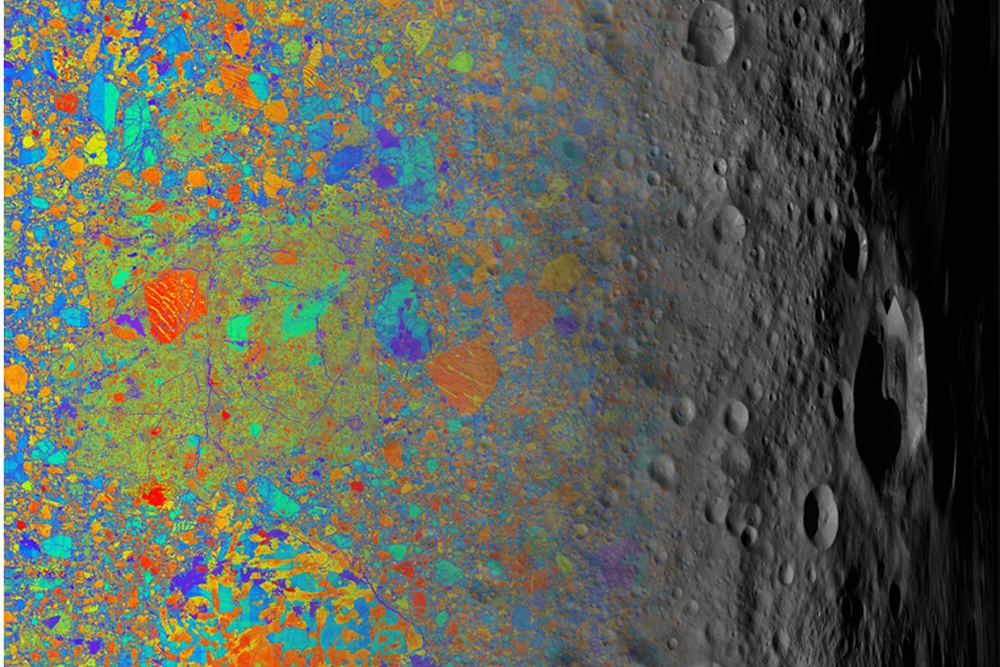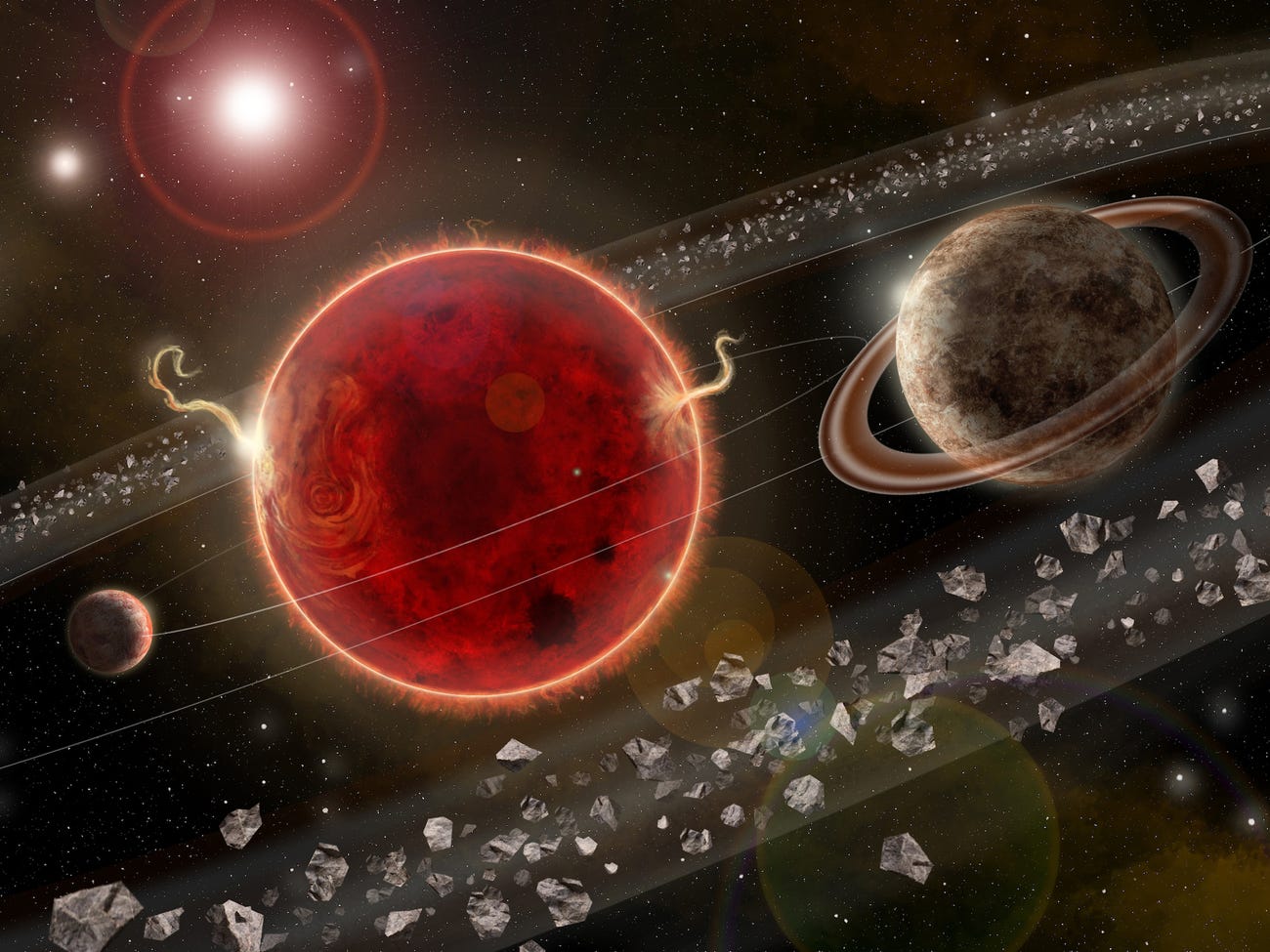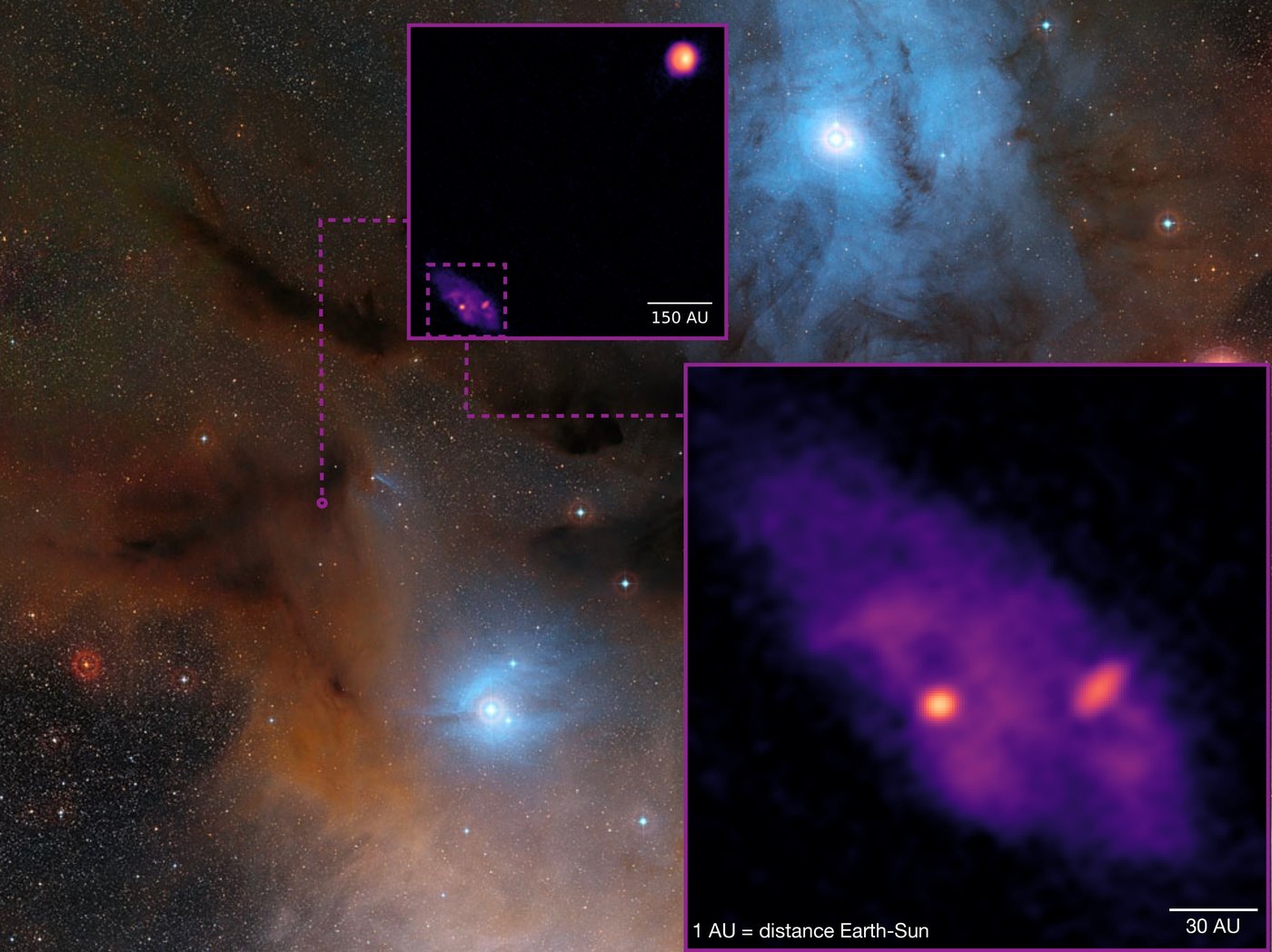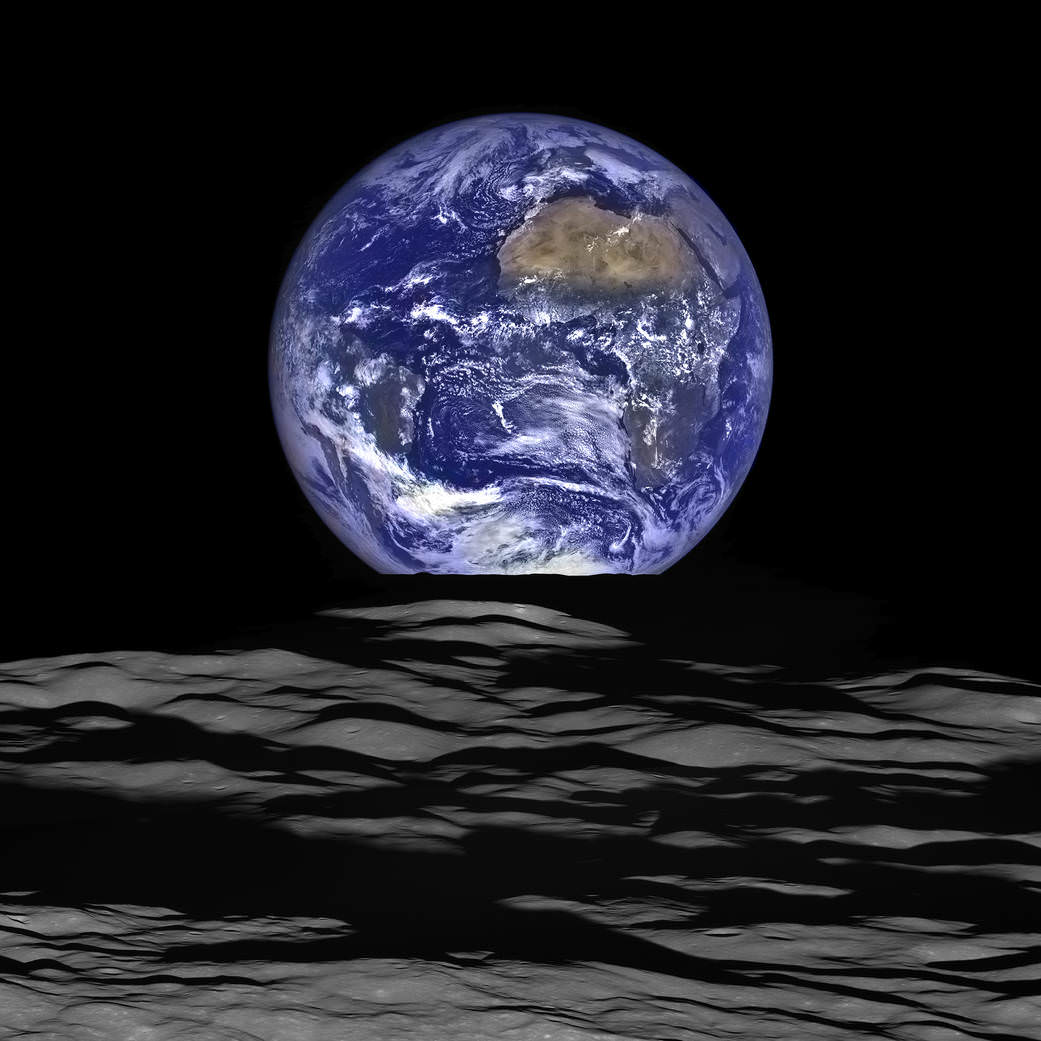Newborn exoplanets can have a tough life. They may form an atmosphere, but that atmosphere can be doomed. Their stars can emit intense X-ray and UV radiation, stripping away those atmospheres and laying their surfaces bare.
A team of researchers from the Leibniz Institute for Astrophysics looked at a family of four newborn sibling planets, and tried to understand how their star strips away their gaseous envelopes.
Continue reading “Newborn Exoplanets can be Completely Stripped of Their Atmosphere by Stars”
